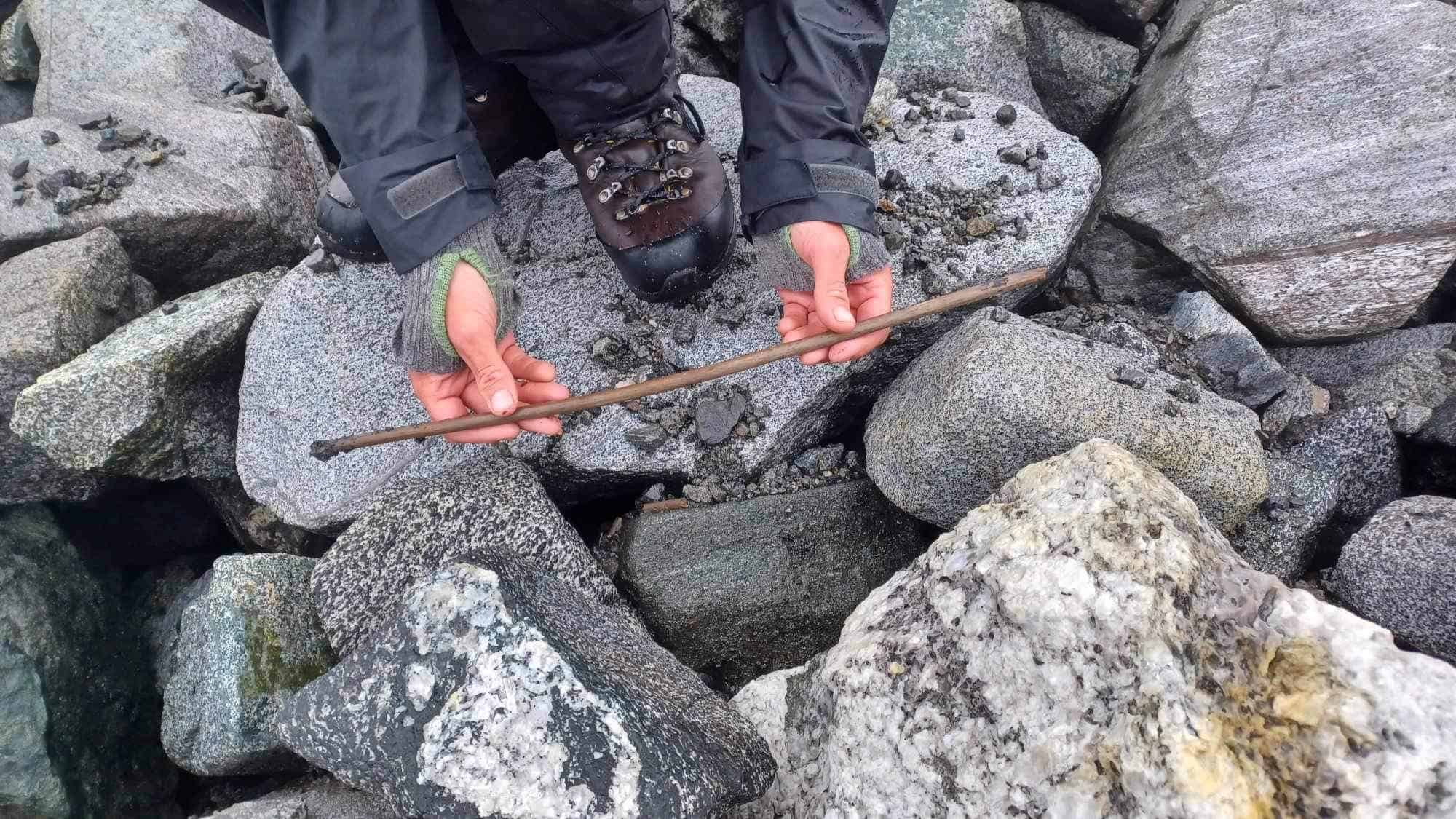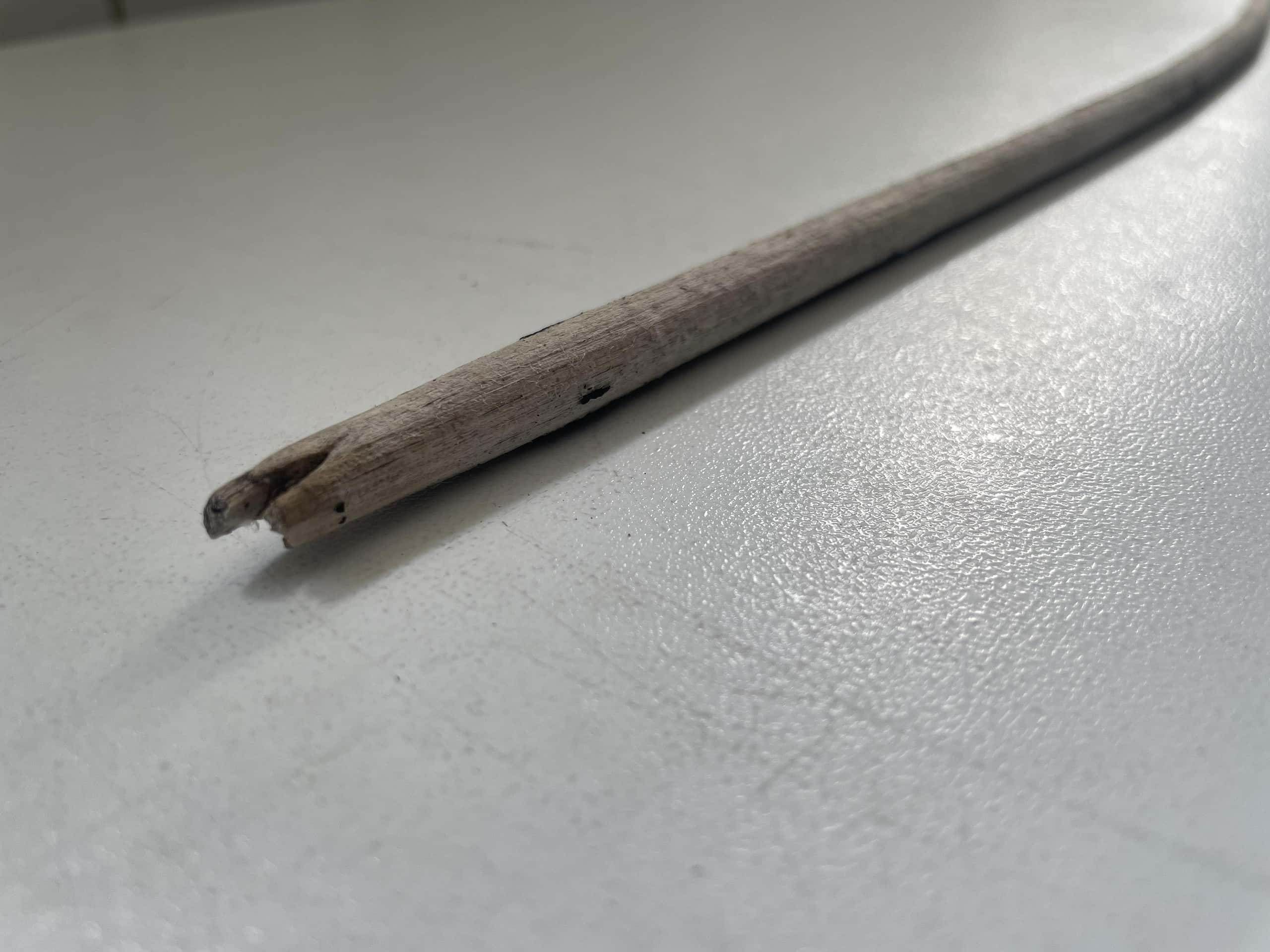
Many hikers are drawn to the majestic Mount Lauvhøe in Norway’s Lom Municipality. But for archaeologists, members of Secrets of the Ice, hiking through Lauvhøe is more than just a thrilling challenge. For years, they’ve scoured the mountain’s frigid paths for signs of prehistoric artifacts. They finally struck gold with the discovery of a 4,000-year-old arrow shaft.
The Ice’s Hidden Treasures
Previously, archaeologists from Secrets of the Ice, a glacial archaeology organization affiliated with Norway’s Department of Cultural Heritage, had found quite a few arrow shafts dating from the Iron and Middle Ages. During one expedition, the Norwegian archaeologists even found a 4th-century AD Roman sandal.
Now, in the same vicinity, they found something much older after the ice at the site melted. The recent find predates other artifacts found at Lauvhøe by at least 2,000 years, judging from the arrow’s shape and craftsmanship. The pressure-flaked stone projectile is typical of Stone Age technology. The scientists will know for sure when they submit a wood sample for radiocarbon dating once the field season (period for archeological work in the area) concludes.

Hunters of Yore
This arrow shaft was likely employed by ancient hunters pursuing reindeer. These creatures would ascend to the icy heights during summer, seeking refuge from pesky flies. Stone Age hunters likely stalked this prey, waiting for the right moment to shoot their arrows — but this one must have missed, plunging into the snow.
The hunter lost his arrow but, on the bright side for us, it has been preserved for future generations. “Sad for the hunter but a bull’s eye for archaeology!” Lars Holger Pilø, co-director of Secrets of the Ice, told NPR.
The site of this discovery is one among 66 ice sites in Norway. These icy vaults have safeguarded over 4,000 archeological finds. It’s like nature’s own museum, where time stands still. As one of the archeologists beautifully put it, “The ice is a time machine: It brings precious objects from the past to our time in an unaltered state, like sleeping beauties.”
As the ice melts and reveals its secrets, we’re given a rare opportunity to connect with our ancestors and the world they inhabited. Who knows what ancient stories will surface next from Lauvhøe.






